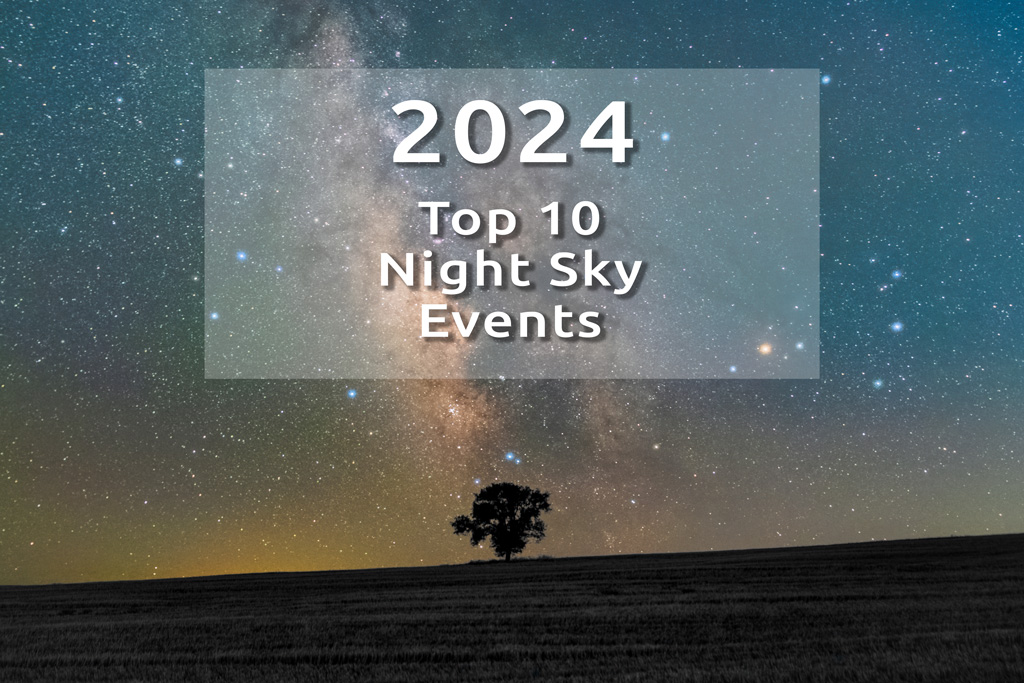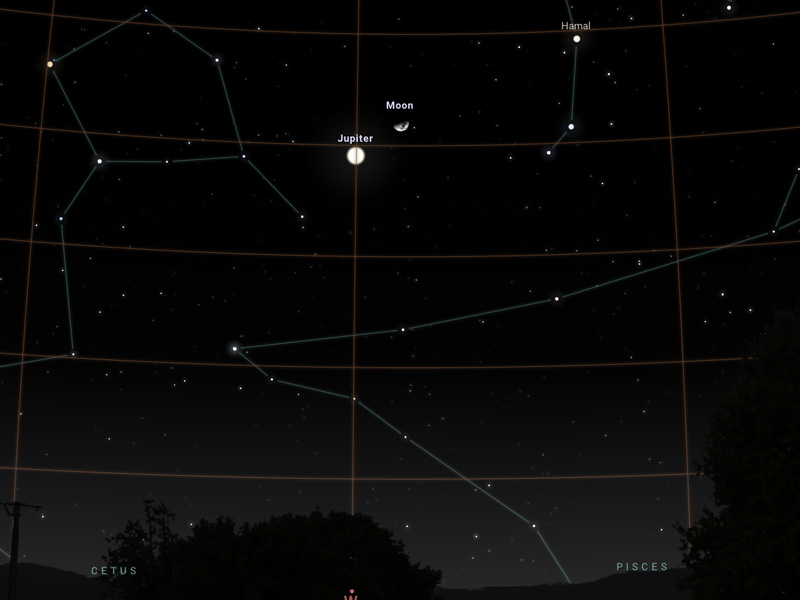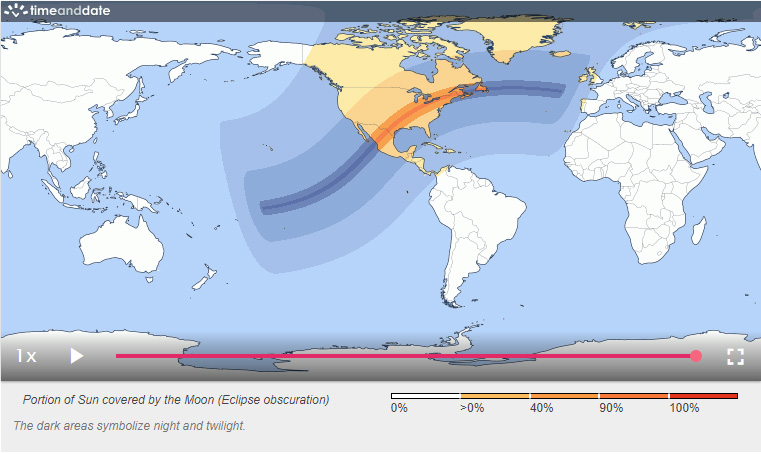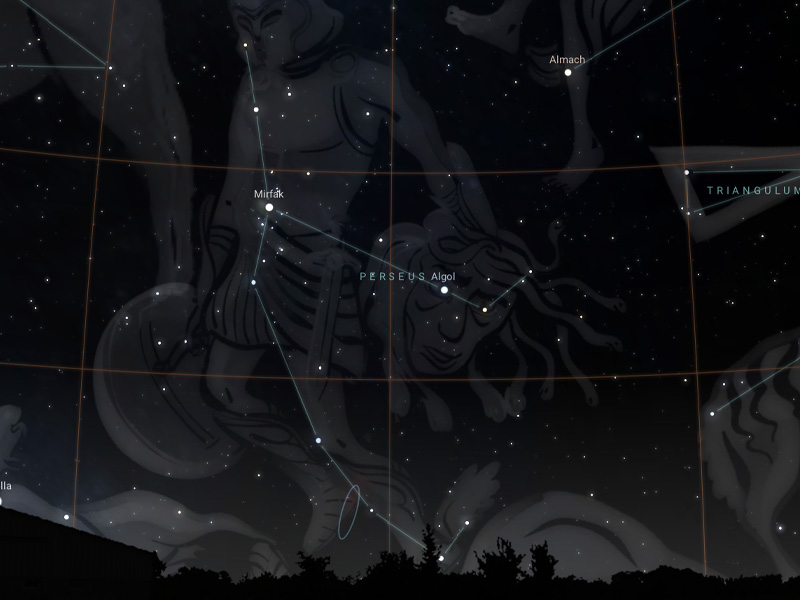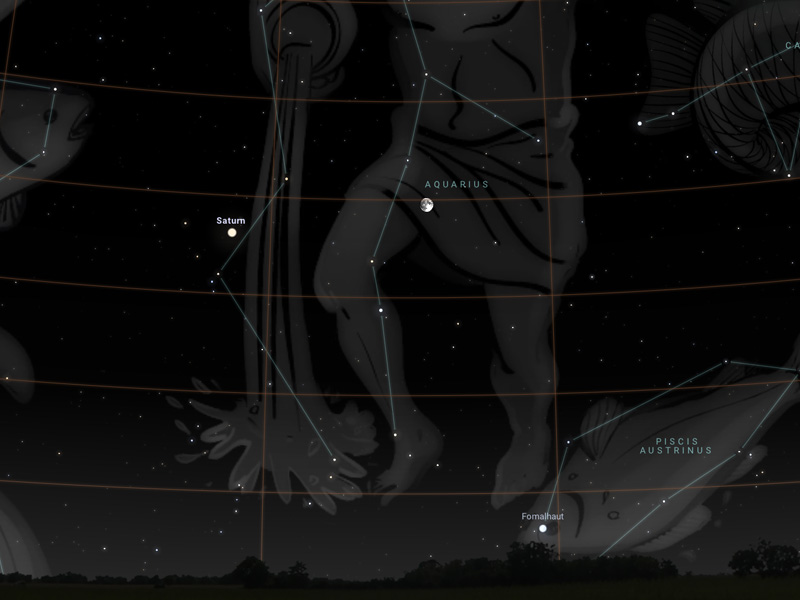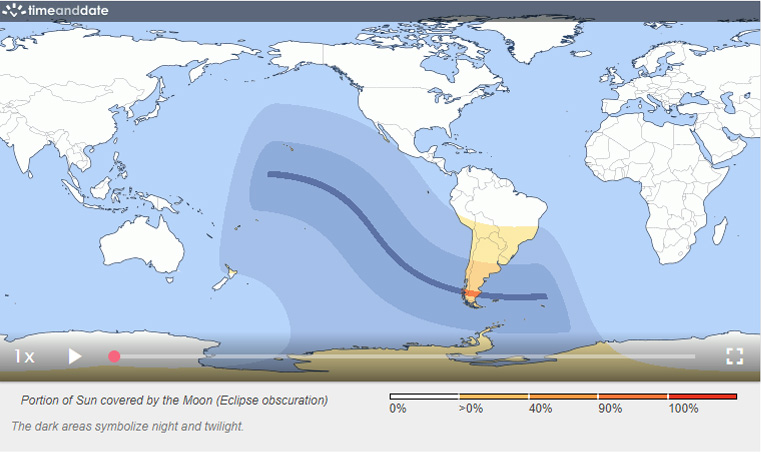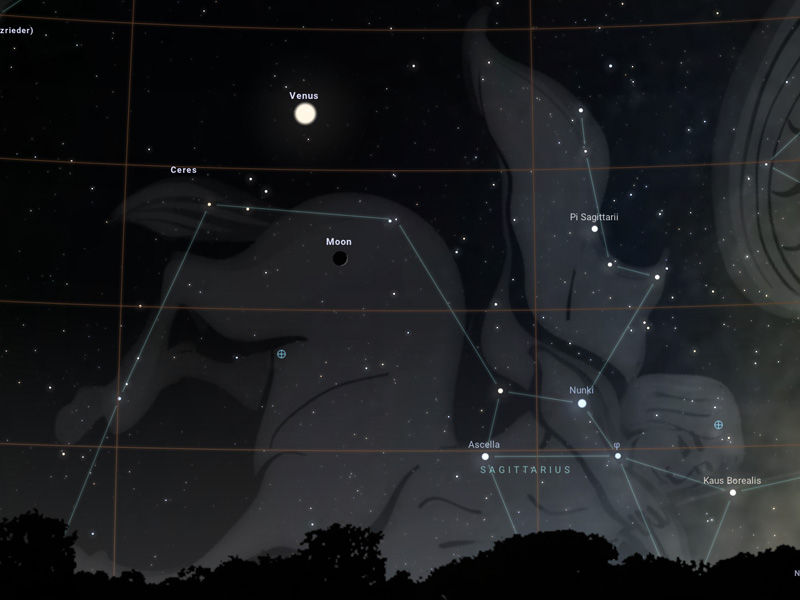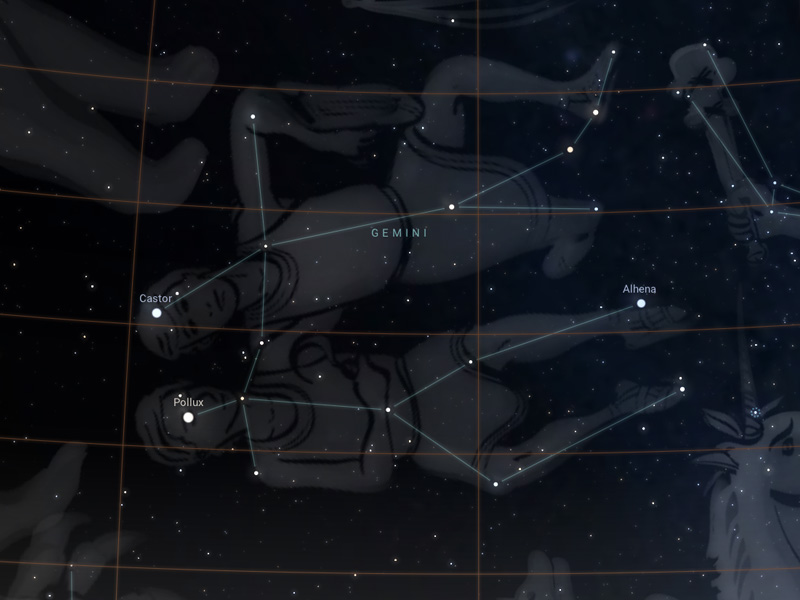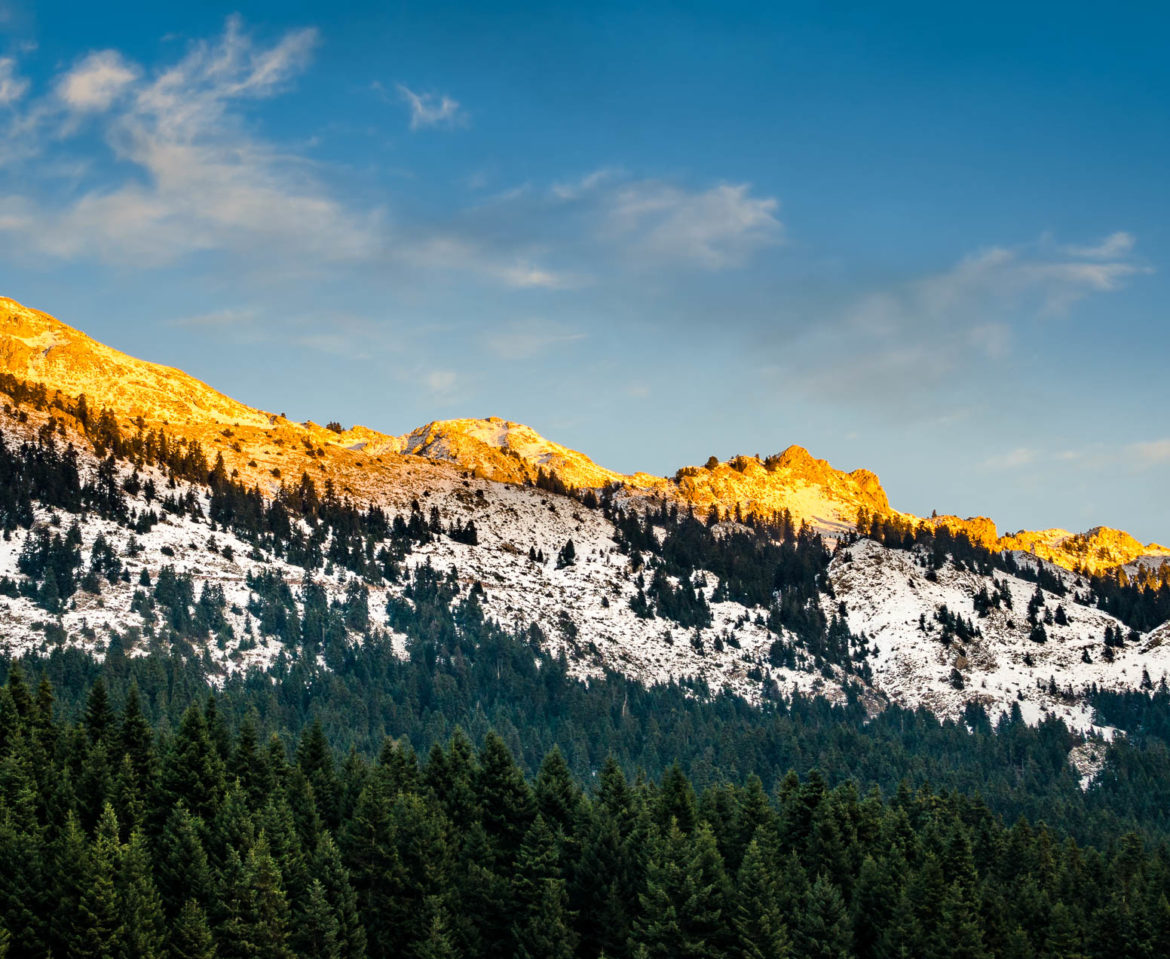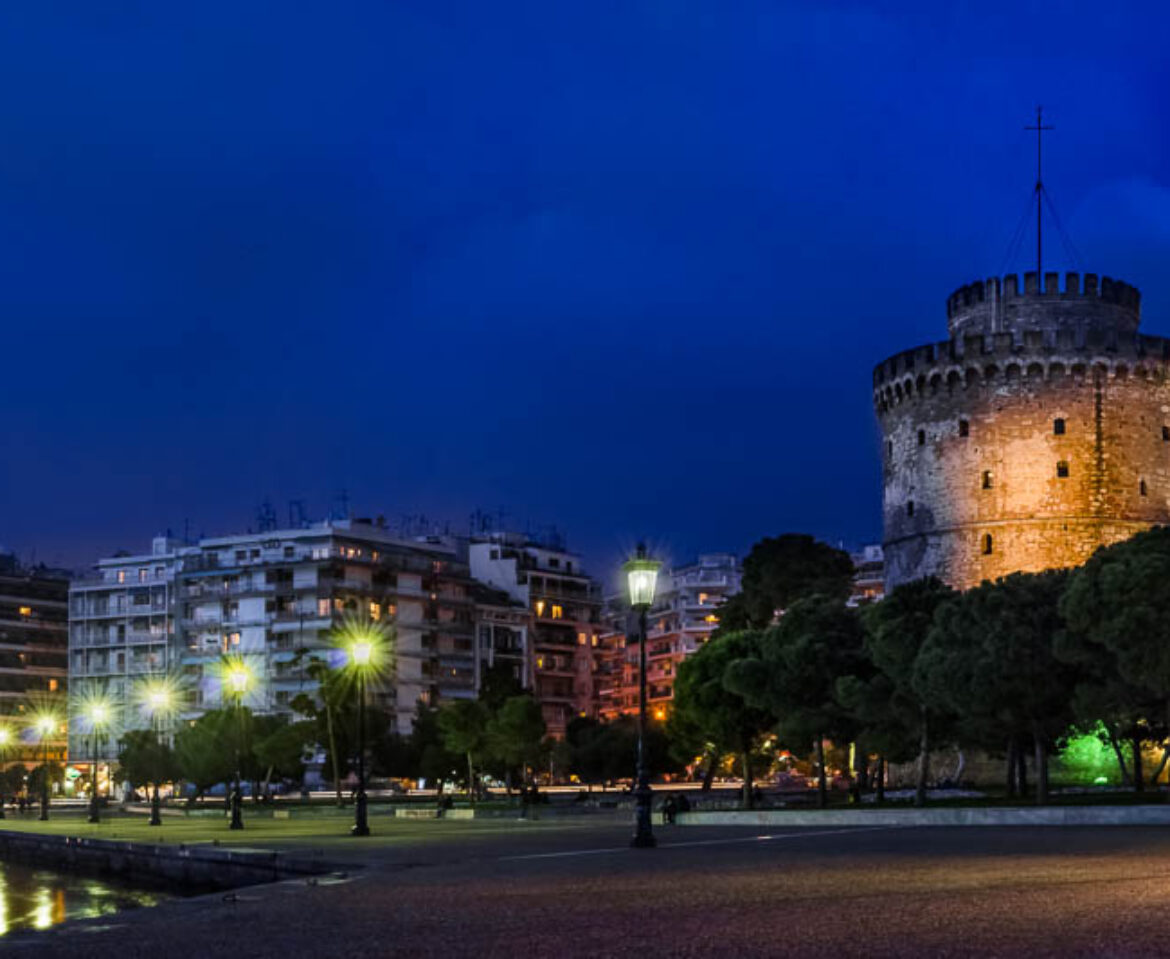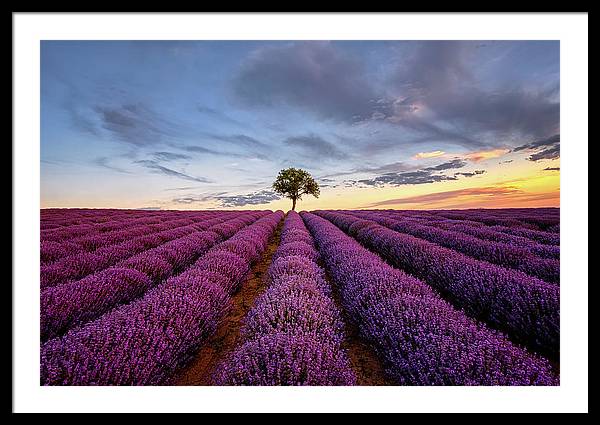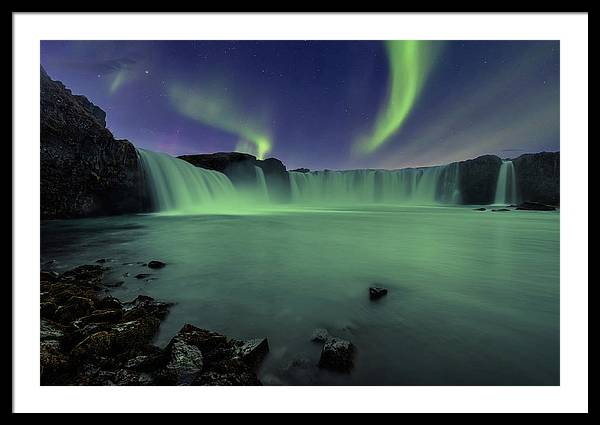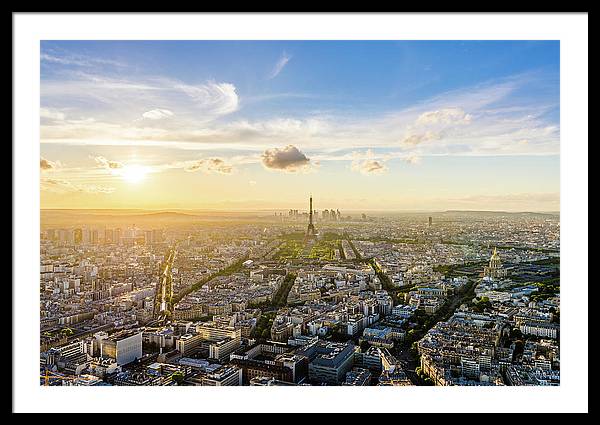Top 10 Night Sky Events of 2024
The night sky offers a breathtaking display of celestial events throughout the year. Whether you’re an avid stargazer, an amateur astronomer, or simply someone who appreciates the beauty of the cosmos, there are plenty of celestial phenomena to look forward to in 2024. Here are the top 10 night sky events that you won’t want to miss.
January 4: Quadrantid Meteor Shower
The Quadrantid meteor shower is one of the most intense annual meteor showers, known for its bright fireball meteors. Because the Moon is in its last quarter, you might see several shooting stars on the evening of the 3rd. However, you’re more likely to see meteors after 1 a.m., when the radiant is over the horizon, but this is also when the last quarter Moon rises. Even while it is not as bright as the full Moon, its brilliance may be enough to drown out the fainter shooting stars.
January 18: The Crescent Moon meets Jupiter
On January 18, the largest planet in the solar system will dominate the early evening sky, appearing besides a glowing half-moon. If you missed the January conjunction, don’t worry: Jupiter and the moon will meet again in the sky on February 14, March 13, and April 10 as part of a sequence of conjunctions that follow the moon’s monthly orbit around the Earth. Each conjunction will be distinct in its own right, with the moon appearing in various phases and orientations with the Jovian giant.
April 8: Total Solar Eclipse
This is the big event of 2024, at least for those living in the North America. The total solar eclipse in April crosses Texas, Oklahoma, Arkansas, Missouri, Illinois, Indiana, Ohio, Pennsylvania, New York, Vermont, and Maine. It then travels across New Brunswick and Newfoundland before ending in the Atlantic touching west of Europe. This means that the whole country of Mexico, the contiguous United States, and Canada will see at least a partial eclipse. For viewers in the United States, this is a once-in-a-lifetime opportunity. The last total solar eclipse visible in the continental United States was in 2017, and the next one won’t happen until 2045. Check with Time and Date for the most up-to-date information.
August 12 and 13: Perseid’s meteor shower
The Perseid meteor shower is one of the year’s most popular and abundant meteor showers. It is capable of producing up to 100 meteors per hour. This year seems especially promising for the Perseids, as the shower’s peak will coincide with a dark, moonless sky. The waxing gibbous moon will set about midnight, bringing with it good viewing conditions later in the night and in the early hours of the morning. Because the meteors appear to radiate from the constellation Perseus, which is near to the horizon for people in far southern latitudes, the Northern Hemisphere is favored for this shower.
September and October: Comet C/2023 A3 (Tsuchinshan-ATLAS)
Comet hunters are keeping a close eye on the celestial body A3 Tsuchinshan-ATLAS, which was discovered in February 2023 and is predicted to become a spectacular sight late in 2024. It will be visible in the evening sky by early summer, and modest backyard telescopes will be able to see it. Astronomers believe it will brighten, becoming visible through binoculars or even the naked eye, and will appear low in the eastern sky before sunrise in southern latitudes. Predicting the behavior of a comet is difficult, but Tsuchinshan-ATLAS is already proving to be a remarkable visitor to our sky, despite the fact that it is still a long way from its closest approach to Earth.
September 17: Saturn meets the Moon
Starting on September 17th, Saturn and Moon will converge once a month. The stunning spectacle will be viewable with unaided eyes on October 14 and 15, November 11, and December 8. Soon after sunset, the two brilliant worlds will be visible, and the distance between them will be ideal for lower-magnification binoculars, with both objects clearly seen together. The color contrast between the silvery lunar glow and the bright yellow tint of the huge planet will also make the pair visually appealing.
October 2: Total Solar Eclipse
A second solar eclipse will take place in 2024 but this time it will be visible in South in North America, much of South America, Pacific, Atlantic and Antarctica. Check with Time and Date for the most up-to-date information.
December 4: The Crescent Moon meets Venus
On December 4th, search for moon after the sun goes down. Venus will appear bright next to the waxing crescent moon.
December 13: Geminids Meteor Shower
Many believe the Geminids to be the best meteor shower, with up to 120 colorful meteors each hour at its peak. It is caused by debris from the asteroid 3200 Phaethon, which was found in 1982. The shower takes place every year from December 7 to December 17. This year, it reaches its peak on the 13th night and 14th morning. This year, the almost full moon will obscure all but the brightest meteors. However, if you are patient, you may still catch a few good ones. Meteors will emanate from Gemini, but they can appear anywhere in the sky.
2024 Supermoon
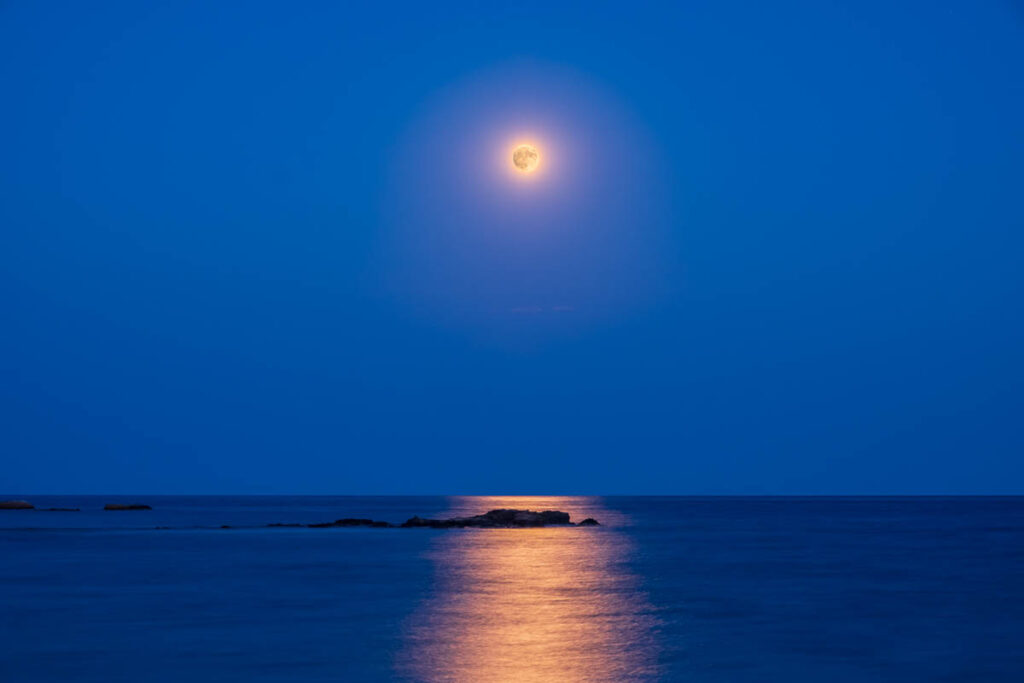
In 2024 there will be 3 supermoons! The Moon will be near its closest approach to the Earth and may look slightly larger and brighter than usual. The dates to look for are September 18, October 17 and November 15.
So, these are some of the best dates to stay out late, enjoy the night sky, and possibly photograph these spectacular celestial events! Here’s a selection of my favorite astrophotography photos. Check it out! And clear skies!
